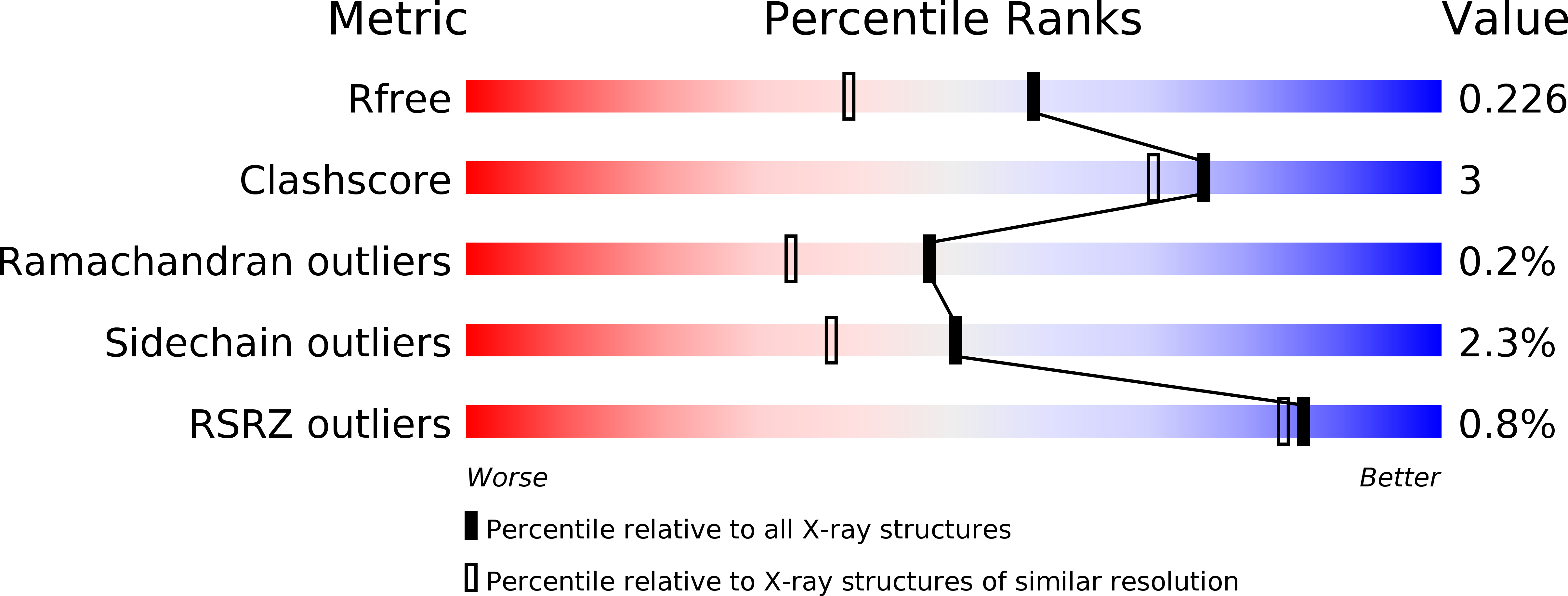
Deposition Date
2015-07-31
Release Date
2016-02-03
Last Version Date
2024-03-20
Entry Detail
Biological Source:
Source Organism:
Streptomyces halstedii (Taxon ID: 1944)
Host Organism:
Method Details:
Experimental Method:
Resolution:
1.80 Å
R-Value Free:
0.21
R-Value Work:
0.16
R-Value Observed:
0.16
Space Group:
P 1 21 1


